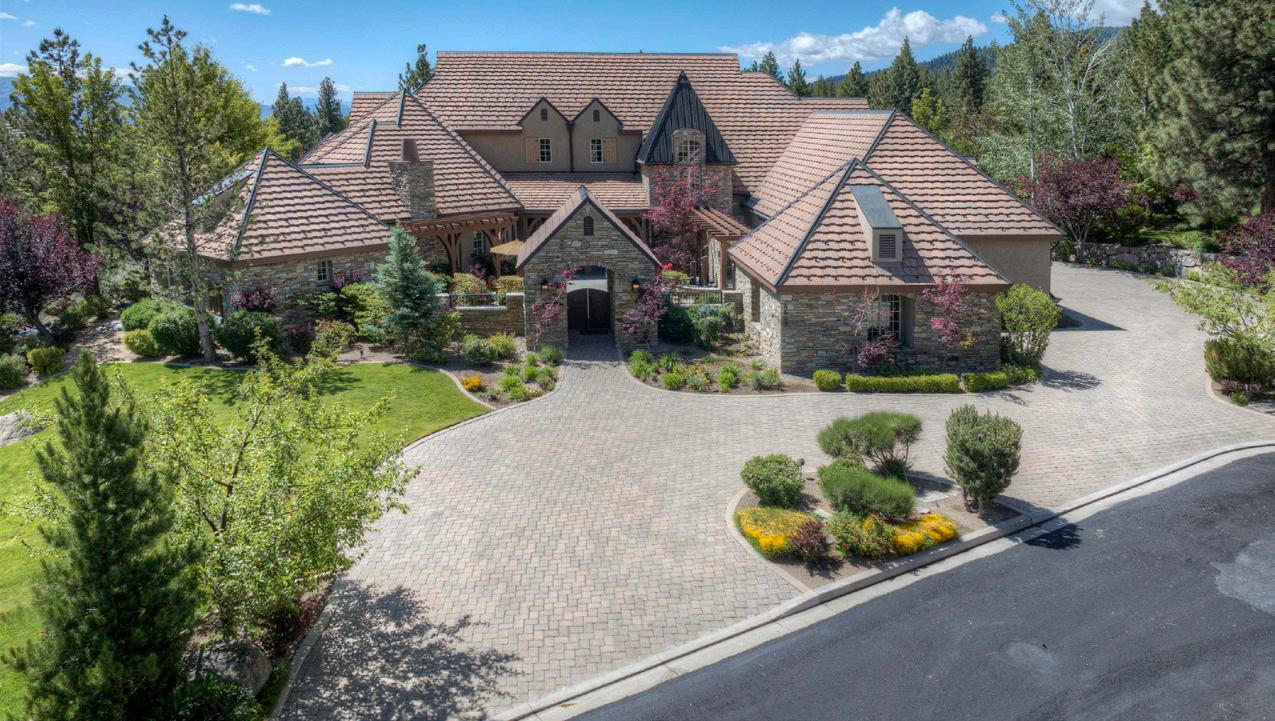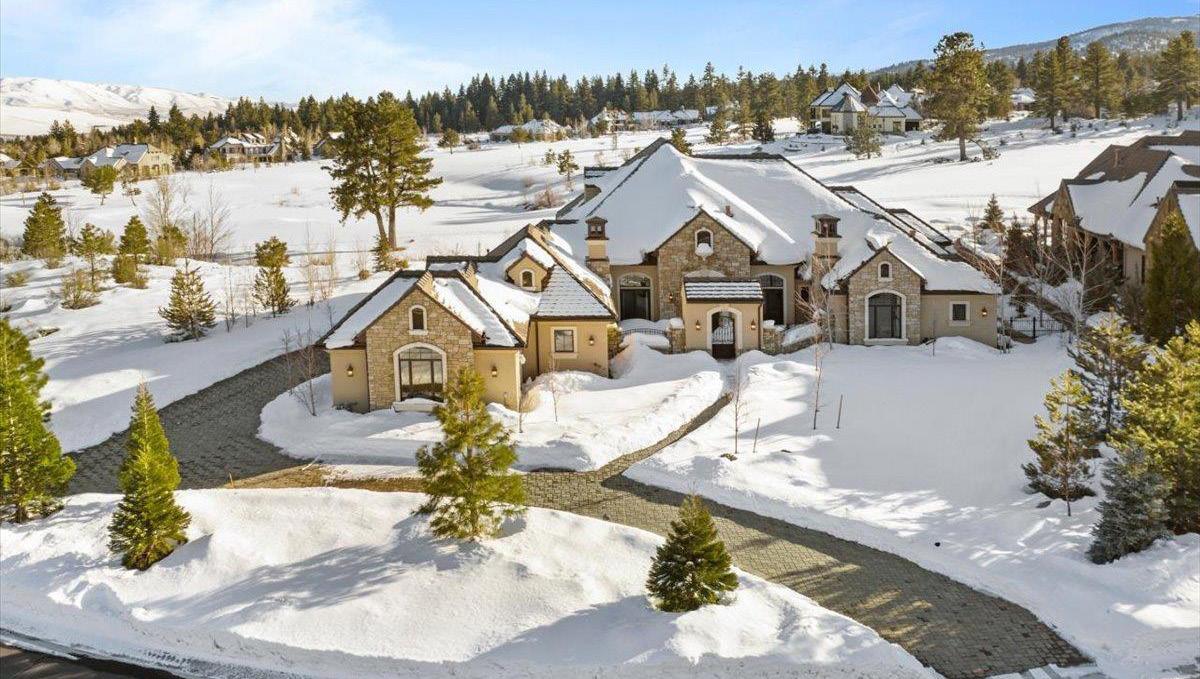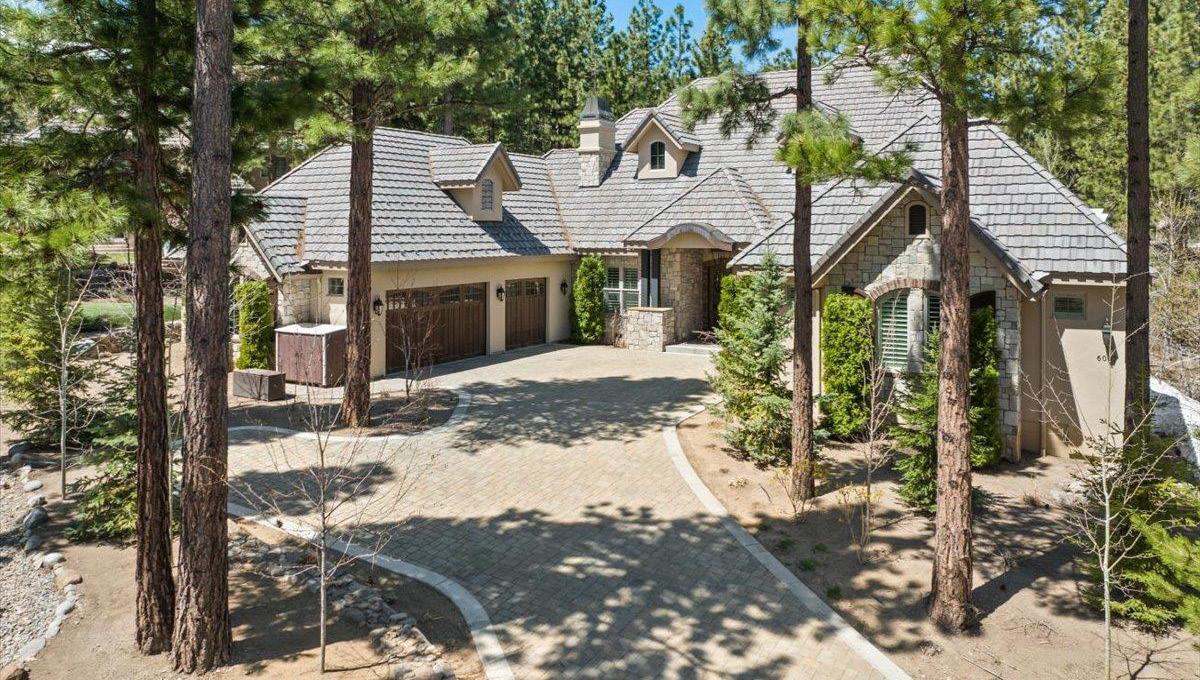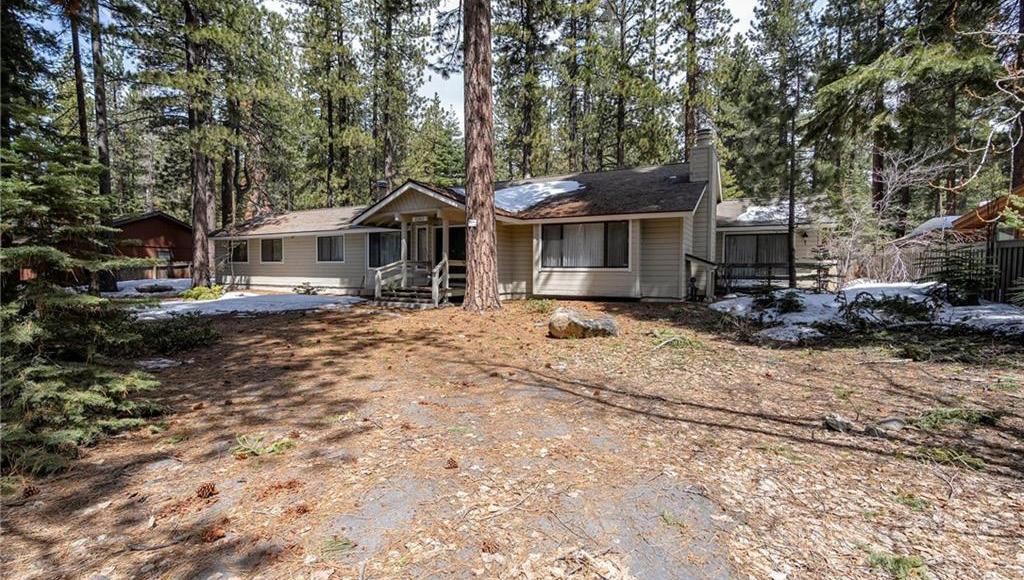
5 minute read
WHAT A WONDERFUL WORLD

Take a trip around the globe with seven sights springing straight from nature
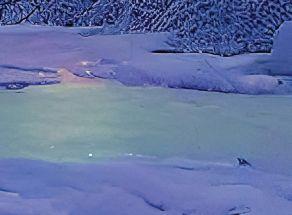

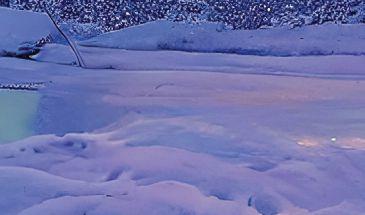
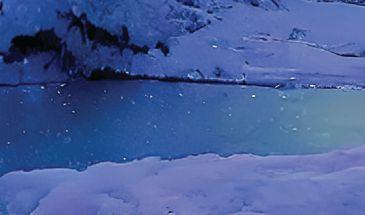




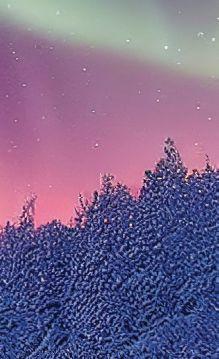


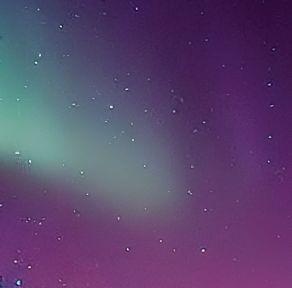






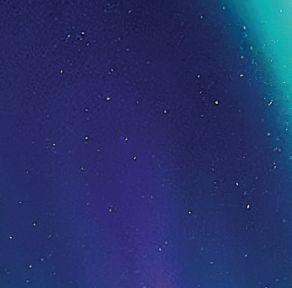



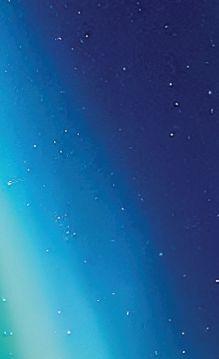
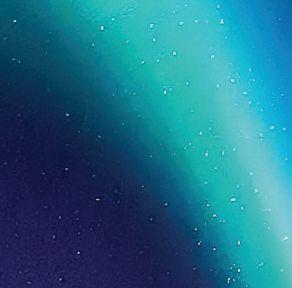



By LISA KLEIN
The Earth is packed with awe-inspiring natural marvels created from nothing but the processes of geology and life. Yet many go underappreciated in favor of more modern, manmade achievements.

The Seven Natural Wonders Foundation teamed up with cable broadcaster CNN to change that, compiling a list of the “Seven Natural Wonders of the World” to inspire people to visit and preserve all of the wild and amazing natural places on the planet.
Aurora borealis
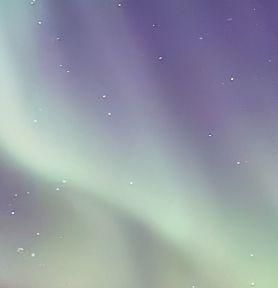




Bright waves of blues, greens, purples and pinks dazzle across the pitch-black night sky each winter in the northern reaches of the globe. No, it is not a laser light show, but the natural phenomenon, aurora borealis, also known as the northern lights.

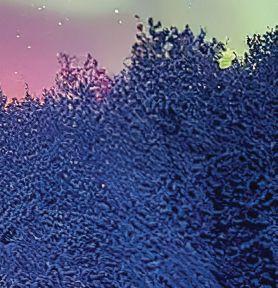
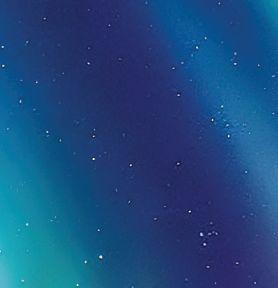



Geomagnetic storms on the sun shoot electrons out at high speeds, which collide with particles such as nitrogen and oxygen in Earth’s atmosphere, releasing light as they calm down.
The stunning displays, seen as a colored glow or waves, occur from September to April in northern-latitude places such as Alaska, northern Canada, Iceland, Greenland, Estonia, Finland, Sweden and Norway — the closer to the North Pole, the better.


The best locations to see the aurora may be frigidly cold, but they also have little-to-no light pollution and clear skies. They also have quite a dark backdrop, with only a few hours of sunlight during the season. In the far north, during Polar Night, the sun does not rise above the horizon for two months.

Victoria Falls

Deep in southern Africa, the calm waters of the Zambezi River, the fourth longest in Africa, violently plunge into the depths of a 355-foot-deep gorge.
The largest waterfall curtain in the world, Victoria Falls flows at the border between Zimbabwe and Zambia. Victoria drops into a narrow chasm of just 80–240 feet wide and more than a mile long. At the bottom of the falls is a deep pool called the Boiling Pot, where the waters of the Zambezi churn among rocks and rapids.
Victoria Falls is known for not only its size and unique shape, but for the mist and rainbows created by its waters. Locals named the waterfall Mosi-oa-Tunya — “the smoke that thunders.”
The clouds of mist rising from the gorge can be seen from more than 30 miles away and the crashing water can be heard beyond 24 miles. The falls are surrounded by lush forests and grasslands populated by a menagerie of African animals such as hippopotamuses, antelopes, elephants, giraffes, zebras, lions and leopards.
Mount Everest
The bucket list climb to top them all, Mount Everest rises above everything else on Earth. The highest point on the planet’s surface, on the border of Nepal and Tibet, Everest towers 29,032 feet from base to peak.
Part of a massif in the Himalayas, it lies at a focal point of tectonic action between the Indian and Eurasian plates and continues to grow by a fraction of an inch every year — layers of granite, limestone and ancient sedimentary rock pushed up over millennia.
The peak of Everest is so high that oxygen levels are a third of those at sea level. That, combined with strong winds and extreme cold, means nothing lives near the summit.
Mountain climbers come to the area — which is so remote there were no roads until recently — for a fleeting chance to reach that summit, which was only first accomplished in 1953 by Sir Edmund Hillary and Tenzing Norgay. Since then, more than 6,000 people have made it to the top, while 300-plus have perished trying.
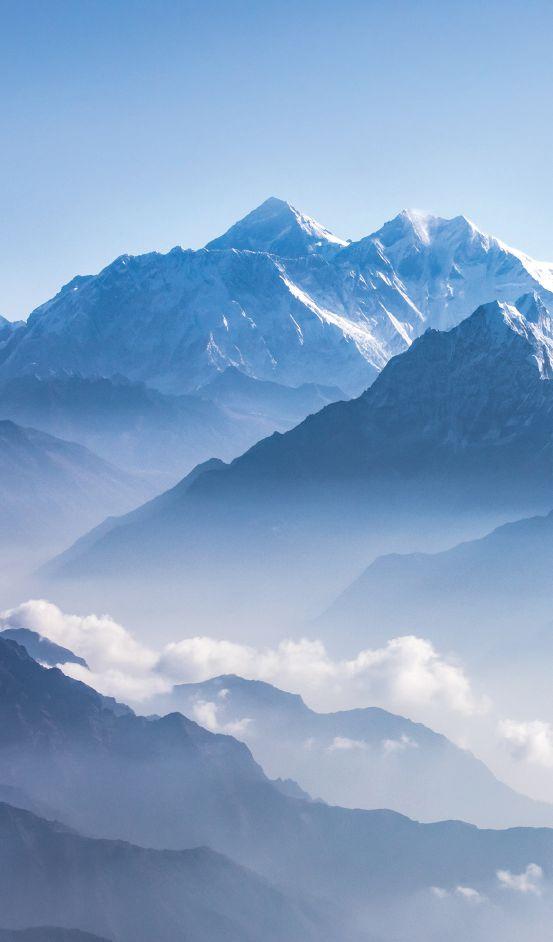
Guanabara Bay
Rio de Janeiro, Brazil, is known for many things — its fun-loving Carioca culture, wild Carnival celebrations and colorful samba music. But one nature-made Rio icon embodies them all — Guanabara Bay.
Bays form when ocean water erodes softer materials on shore, stopping when it reaches harder ones. This picturesque and massive one on the Atlantic coast is surrounded by granite monoliths and mountains, such as Sugar Loaf Mountain, and dotted with more than 130 small islands, the shores loaded with beaches and the famed Christ the Redeemer statue towering in the distance.
Guanabara Bay, about 19 miles long and 18 miles wide, is the largest in the world by water volume. The bay holds not just water but the history of Brazil.

There is evidence of native peoples at the bay dating back to prehistoric times. When Portuguese explorers landed there on a 16th-century January day, they thought they were at the mouth of a giant river, naming the spot River of January — Rio de Janeiro.
Paricutín volcano
One of the youngest volcanoes in the world, Paricutín erupted for nine years in the Mexican state of Michoacán, 200 miles west of Mexico City.
A cinder cone volcano, which erupts from a single opening in the earth’s crust and ends up with a bowl-shaped crater and steep sides, Paricutín lies on the Trans-Mexican Volcanic Belt, which includes the Sierra Nevada Mountain range.

Until 1943, Paricutín was not there. After weeks of small earthquakes and loud rumblings, a fissure opened in a local farmer’s cornfield and within hours, a crater had formed. The volcano rose 1,475 feet in its first year, continuing to spew lava and ash until 1952 and burying the town that is its namesake.
Paricutín now stands at 9,210 feet with a 660-foot-wide crater and is considered to be dormant. Earthquakes are still common in the area and the volcano remains hot enough that rainwater creates steam when it falls on it, but visitors can climb all the way to the top.
Great Barrier Reef
There is only one living thing on Earth that is visible from space, and it lies underwater. The world’s largest formation created by organisms, the Great Barrier Reef is also the largest “rainforest of the sea.”
The small, soft-bodied coral polyp is responsible for the many coral reefs in the oceans, constructing hard exoskeletons for themselves out of calcium carbonate secretions. When they congregate together, the results are watery ecosystems teeming with life — and must-visit locations for every avid scuba diver and snorkeler.
The Great Barrier Reef covers 134,000 square miles off the northeastern coast of Australia, consisting of more than 900 islands and 3,000 distinct reef formations.

Although spectacular from above, the real action is underneath the surface. One of the most diverse ecosystems in the world, 25 percent of all known marine species can be found in the reef: 600 types of coral, 1,600 species of fish, rays, dolphins, sharks, whales, sea turtles, giant clams and the endangered Dugong, among them.
Grand Canyon
Standing out among the many canyons formed along rivers across the world is the Grand Canyon in Arizona, in the southwestern United States, thanks to its seemingly never-ending vistas.

The gorge was carved over millions of years by the meandering Colorado River and now hits about 6,000 feet at its deepest point. The canyon, known for its rust reds and sedimentary stripes that keep geologic time, cuts through 277 miles in the desert. Some rock deposits found at the bottom date back 2 billion years.
As seen from its rims, the canyon stretches as far as the eye can see. Hiking trails lead through the surrounding desert landscape. It is also possible to hike all the way to the bottom or take a whitewater rafting trip through the towering canyon walls.
From above, the South Rim — the most popular viewpoint — is open all year long. The North Rim is much more remote and less crowded, but is only open from May to October due to weather.
